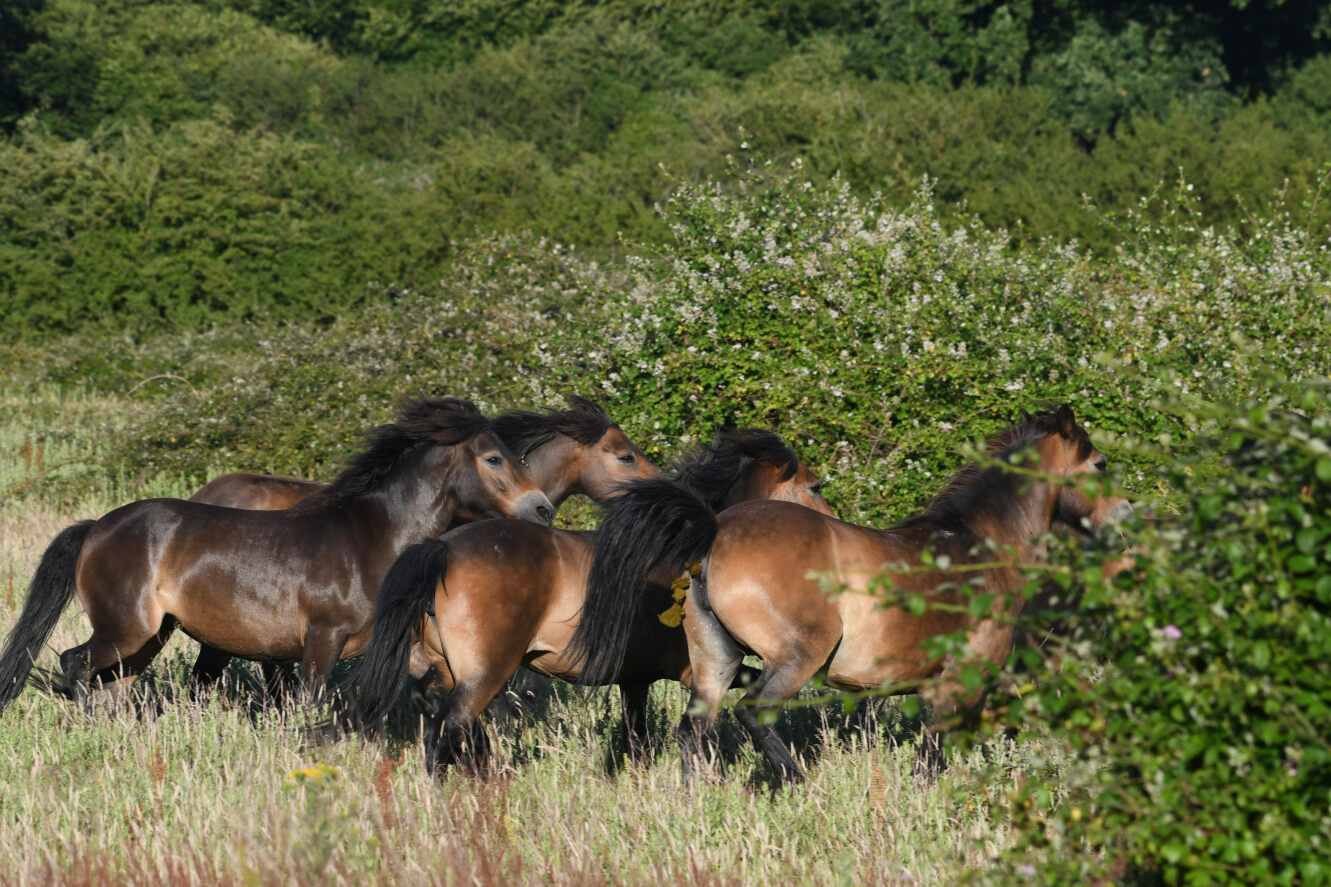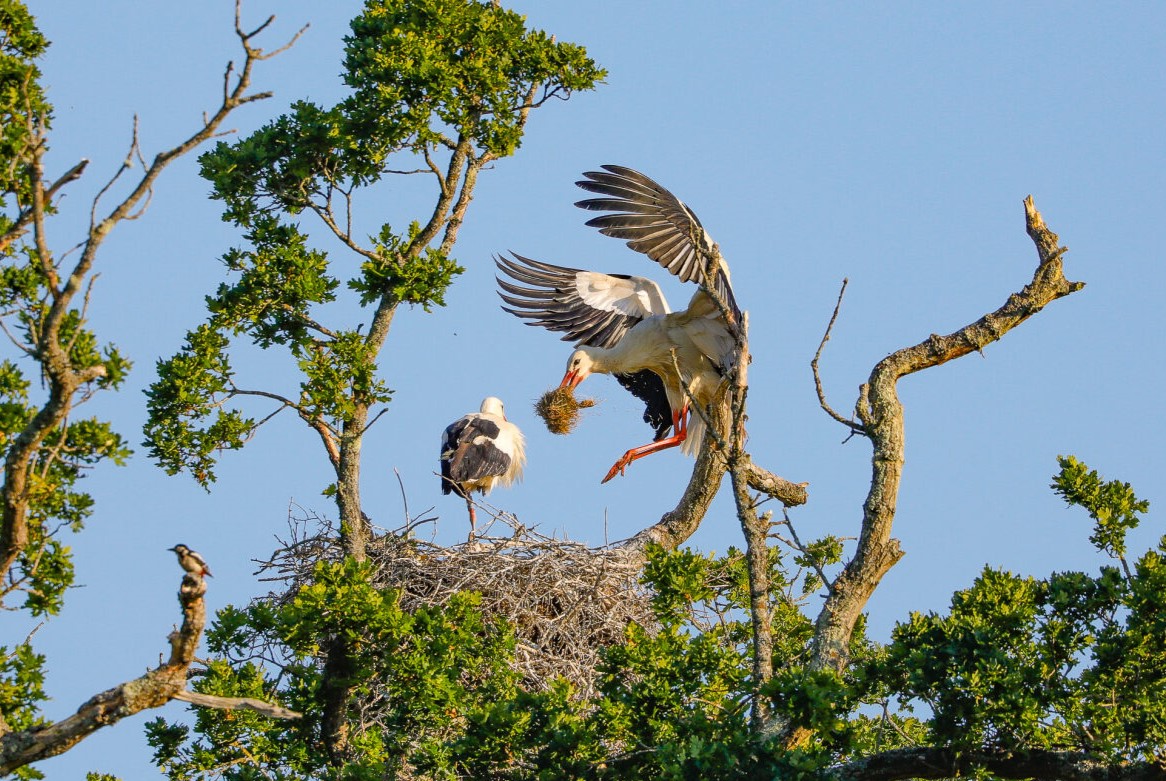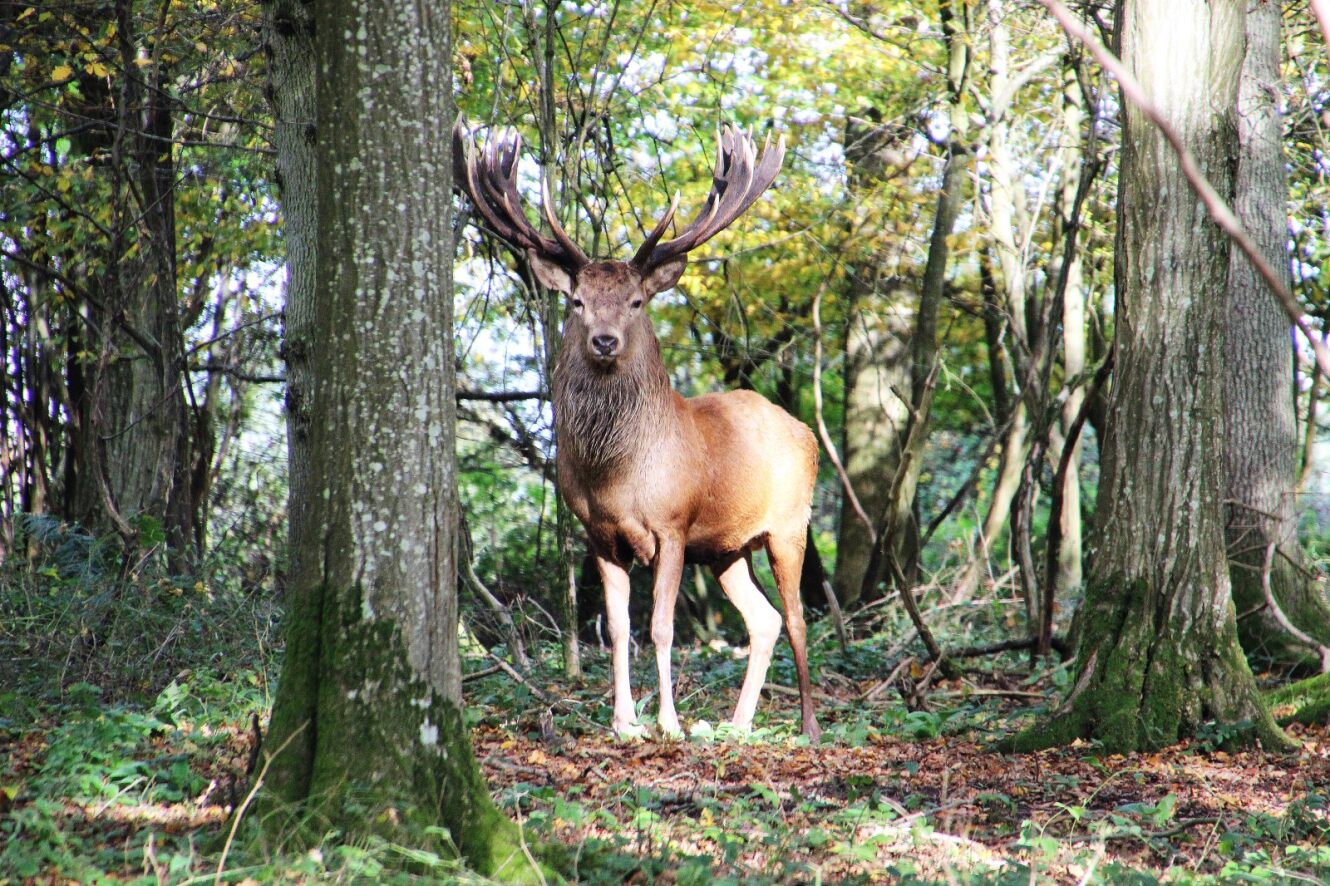Sussex is teeming with wildlife as the warm weather and longer days create ideal conditions for nature to thrive. It’s the perfect time for a weekend getaway, to try outdoor activities (anyone for paddleboarding through our wildlife rich riverbanks) and beach visits along the Sussex Coast. Plenty of opportunities for spotting butterflies, mini beasts, seals, wild horses, deer and birds of prey. Whilst our vineyards are extraordinary places to relax with a view, a glass of Sussex sparkling and see nature unfold. Here are some of the species you can expect to see during the summer:
MARINE WILDLIFE:
Sharks, dolphins (bottlenose and common), Grey seal, common harbour seal, blenny, squid, cuttlefish, stingrays, jellyfish, skate, pipe fish, sea horses, eels, lobster, anemones, bass, bream, crabs, starfish
Where to see them:
Sussex Dolphin Project, Mulberry Marine Experiences, Chichester Harbour Boat Tours, RSPB Medmerry
BIRDS:
Swifts, swallows and martins. Watch these aerial acrobats as they dart through the skies catching insects on the wing.
Waders: White storks, redshank sandpiper, lapwing, reed warblers
Birds of Prey: Night Jar (nocturnal) Peregrine falcons, white tailed eagle, red kite, kestrel, buzzard, marsh harrier
Seabirds: Gulls, Cormorants, Oystercatchers.
Where to see them:
The England Coast Path, RSPB Pulborough Brooks, RSPB Pagham, RSPB Medmerry, Arundel Wetland Centre, Huxley Bird of Prey Centre,
REPTILES & AMPHIBIANS:
Slow worms, Adders, grass snakes, common lizard, frogs’ newts, toads
Where to see them:
South Downs National Park, Wiston Estate, Knepp Estate, Ashdown Forest
Adders are very shy and should not be disturbed. If you are lucky enough to see them, keep a respectful distance. Dogs who are reactive to snakes should also be kept on a lead.
BUTTERFLIES:
Painted Lady, Purple Emperor, Brown Hairstreak, Purple Hairstreak, marbled white, silver-washed fritillary, comma, red admiral, Common Blue, Marbled White, Gatekeeper, Elephant Hawkmoth
Where to see them:
South Downs National Park, Wiston Estate, Knepp Estate, Borde Hill Gardens, Sussex Prairie Garden
DEER:
Red deer, roe deer, fallow deer, fawns
Where to see them:
Petworth House Deer Park , Knepp Estate.
MINI BEASTS:
Glow Worms, Dragonflies: emperor dragonfly, brown hawker, golden-ringed dragonfly, damselflies, stag beetles
Where to see them:
Wakehurst Place, Leonardslee Gardens, Tilgate Park, our Sussex vineyards
BATS:
Barbastelle bat, greater mouse eared bat. Spot bats during twilight as they come out to feed on insects.
Where to see them:
South Downs National Park, , Knepp Estate Weald and Downland Museum




